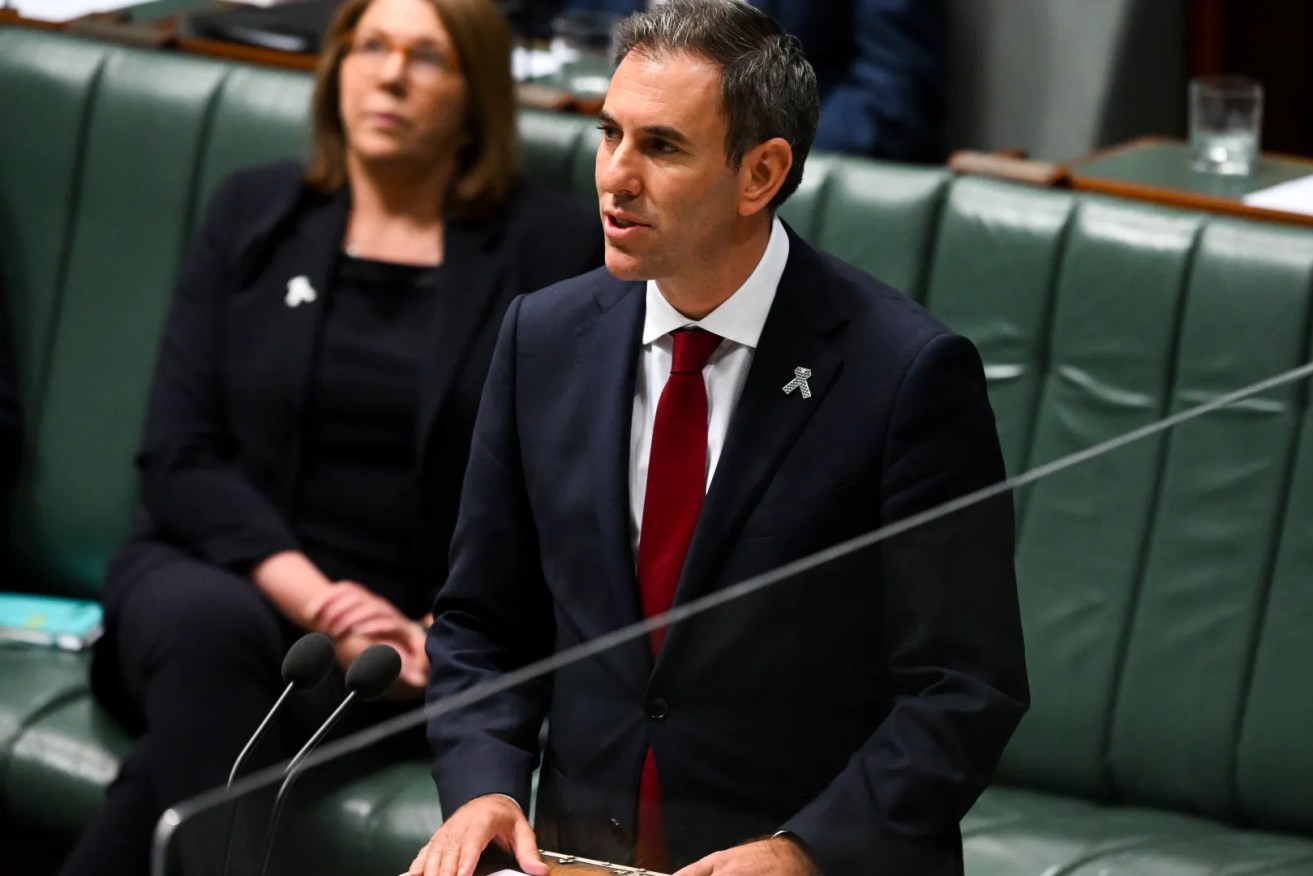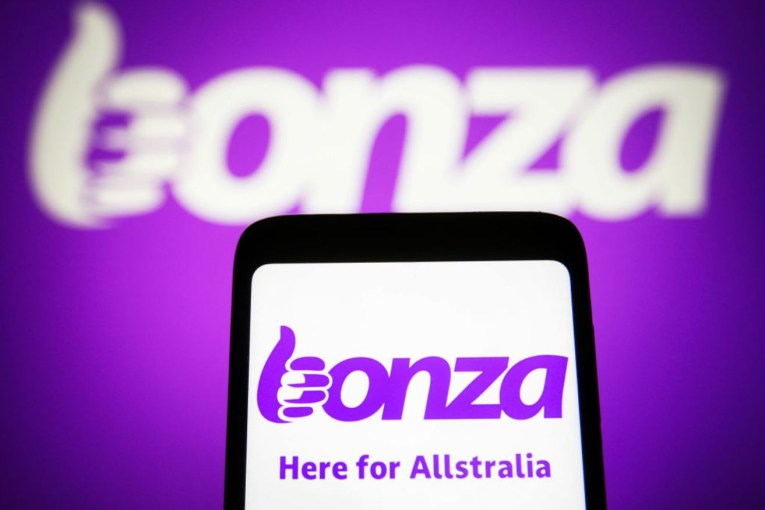Workers still worse off as wage growth underwhelms yet again


Treasurer Jim Chalmers says a crackdown on mergers will help reduce inflation. Photo: TND
The purchasing power of many Australian households has stagnated after pay packets failed to exceed inflation over the June quarter, building confidence that interest rates will stay on hold.
Figures published by the Australian Bureau of Statistics (ABS) on Tuesday showed the Wage Price Index (WPI) rose 0.8 per cent over the three months to June, undershooting forecasts.
The result levelled a 0.8 per cent rise in consumer prices over the same period, meaning that in aggregate terms workers have seen their purchasing power tread water over the past quarter.
That doesn’t make up for three years of falling real wages, though, amid the cost-of-living crisis.
APAC economist Callam Pickering said inflation-adjusted wages have fallen 7.3 per cent since their peak and 2.3 per cent over the past year alone, leaving many working people poorer.
“The disconnect between wage growth and inflation remains devastating for households across the country, with cost-of-living pressures widespread,” Mr Pickering said.
“More than a decade of hard-won wage gains – our blood, sweat and tears – lost over the course of just a couple of years.
“Unless you’ve received a promotion or changed jobs recently, there is a good chance that your salary buys a lot less than it used to.”
‘Broken bargaining system’
Treasurer Jim Chalmers said on Tuesday that while real wages were still not growing, nominal wages growth is the fastest in nine years.
“The next step in getting wages moving again is fixing Australia’s broken bargaining system,” he said, after the ABS data was published.
“With the Secure Jobs, Better Pay Bill, our government aims to promote job security, help close the gender pay gap, and modernise workplace bargaining.”
Years of negative wage growth
Tuesday’s figures showed that wages growth continues to underwhelm against the forecasts of most economists and indeed the Reserve Bank, which had anticipated a much stronger result.
That makes the prospect of an extended interest rate freeze more likely, with central bank minutes revealing on Tuesday that the RBA is encouraged by easing inflation.
But it also raises questions about when workers will start moving forward again after three years of negative real wages growth, particularly after Prime Minister Anthony Albanese promised stronger worker purchasing power before the last election.
Economists have expected faster wages growth because unemployment is historically low, which in theory should give workers more leverage in bargaining for higher pay packets.
Progress has been slow, however, with wages growth steadily rising over the past year until the latest June quarter, where the annual pace of the WPI fell from 3.8 per cent to 3.6 per cent.
There were a few encouraging signs; BIS Oxford Australia head of macroeconomic forecasting Sean Langcake pointed to strong annual private sector wage growth of 4.5 per cent.
‘More action’ on wages next quarter
He said wages may be stronger in the September quarter because the effect of the Fair Work Commission’s minimum wage decision will be evident, alongside salary changes that come in with the new financial year in July.
“We will get a bit more action next quarter,” Mr Langcake said.
“It’s always worth reminding ourselves how narrow the WPI is … if we look at the national accounts measures, which cover labour costs more broadly, they’re showing a bit more of the usual relationship between low unemployment and higher wages growth.”
EY senior economist Paula Gadsby also believes the September quarter wages data will be far more telling, saying public sector wages growth is really what’s holding back the pay market.
“The September quarter WPI will include the increase in the minimum wage and wages for aged-care workers, along with other remuneration changes across the economy,” Ms Gadsby said.








